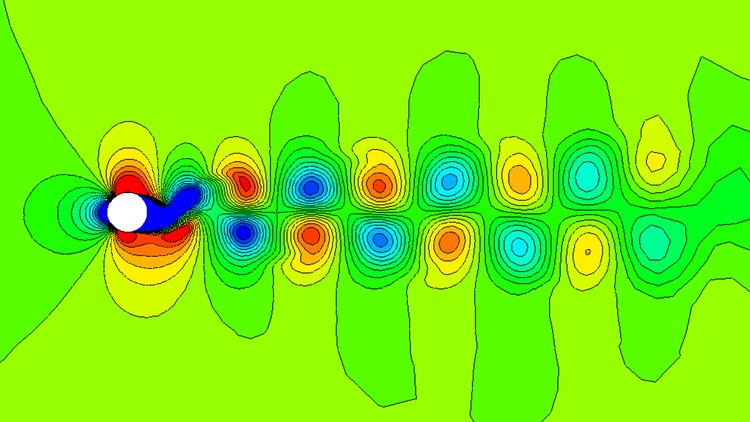
Learn the basics of CFD and write your own code
What you will learn
Define Computational Fluid Dynamics
Basic Approach to CFD
Setup the problem for a 1D unsteady heat conduction
Write the code and obtain the results of 1D unsteady heat conduction problem
Description
In this course, you will learn the basics of CFD. You will understand the general approach to CFD and write your own code to solve a heat transfer problem.
Course Introduction:
Hi there, thank you for showing interest in this course on CFD. In this course, you will be learning what is CFD and what is the general approach adopted in CFD to solve any problem. We will touch upon the governing equations, the discretization methods commonly used in FDM. In the later sections, we consider a problem and use the general approach to solve the problem by writing a code from scratch and post-processing the results. So if you are an engineering student or anyone who wishes to work in the field of CFD, this course can be your first step to enter into the world of CFD.
Approach:
You will first learn what is the definition of CFD
Then you will first learn the basic steps involved in CFD
You will understand the basic approach by means of an example
You will understand the discretization process
You will formulate the 1D Unsteady heat conduction problem from scratch
You will write your own code and simulate the 1D Unsteady head conduction problem and analyse the results
Content